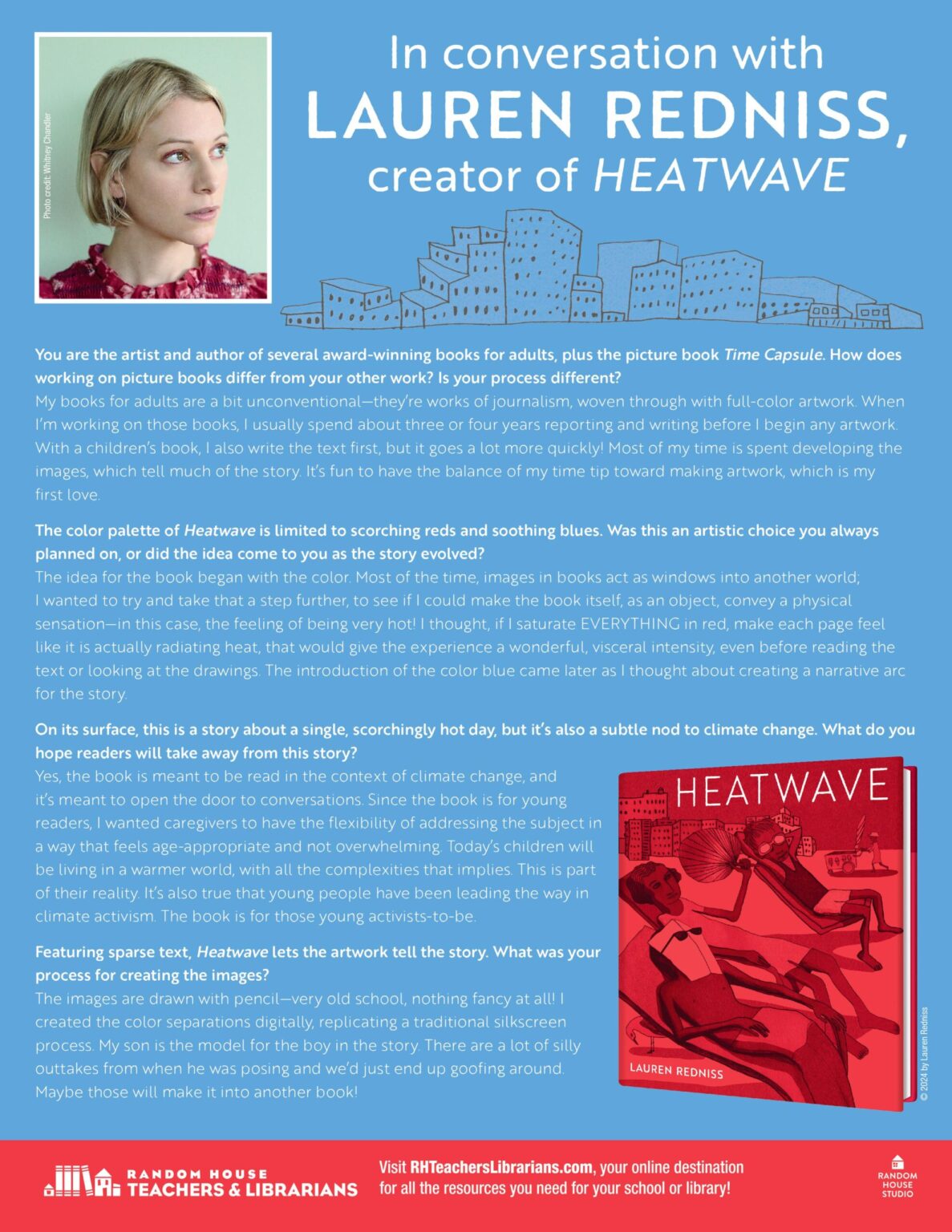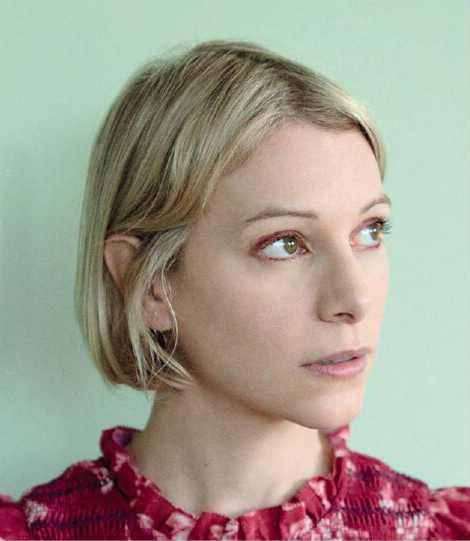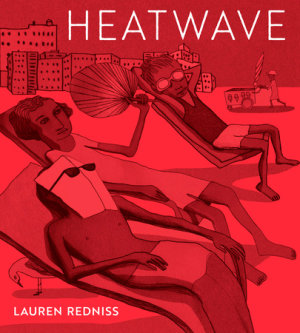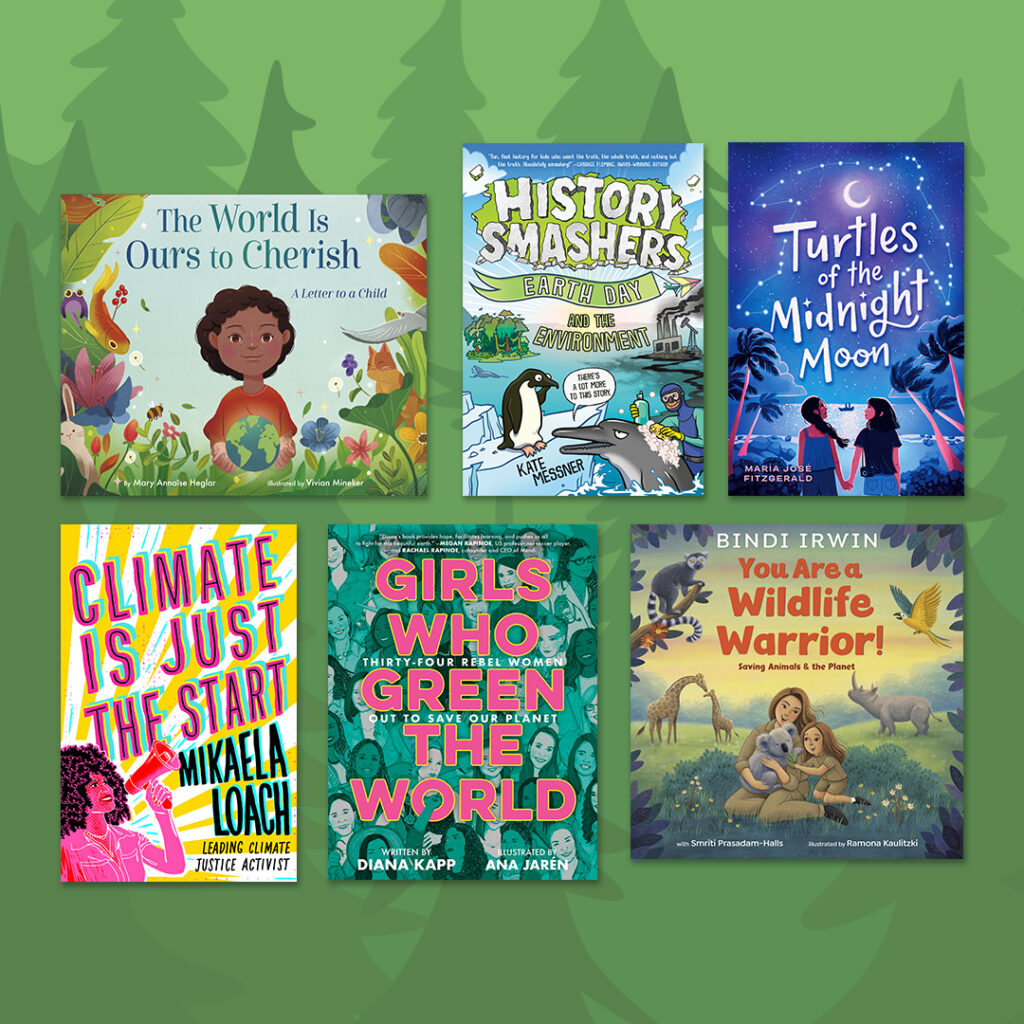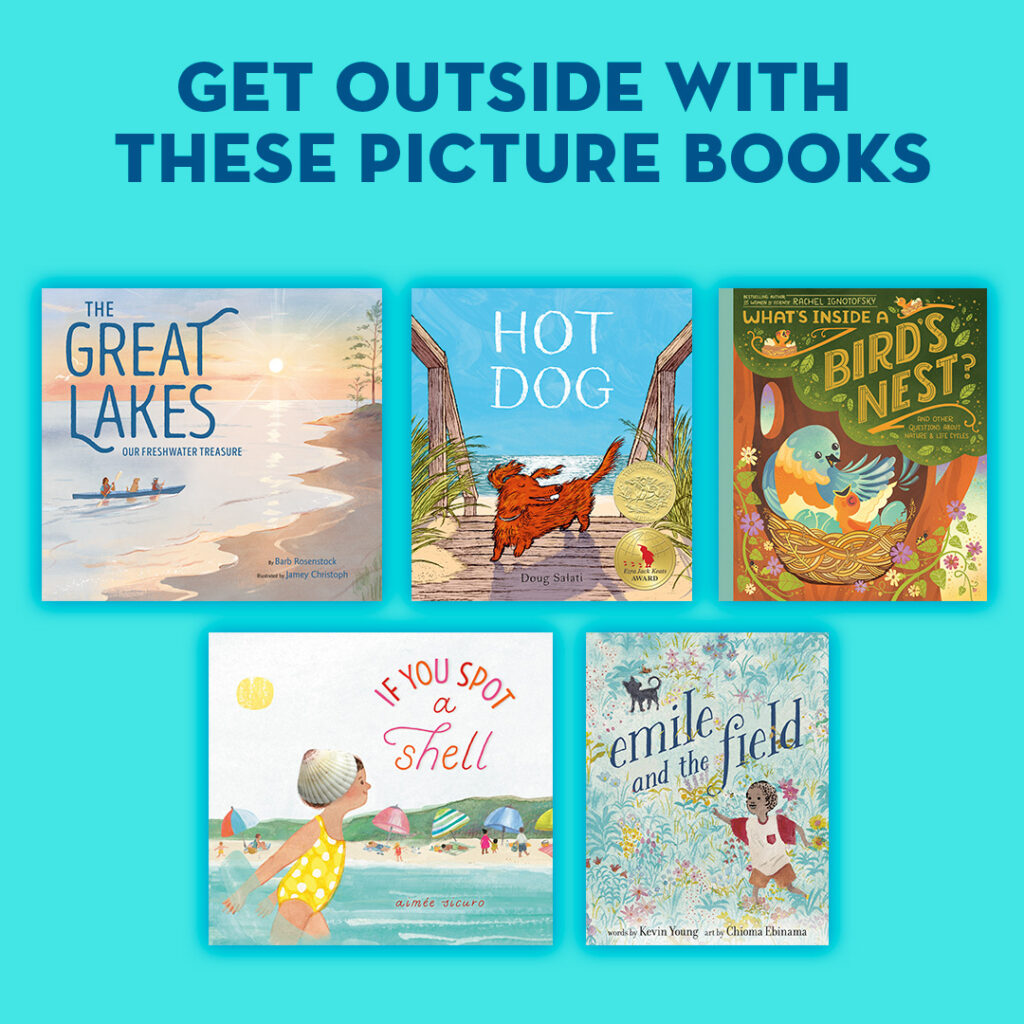You are the artist and author of several award-winning books for adults, plus the picture book Time Capsule. How does working on picture books differ from your other work? Is your process different?
My books for adults are a bit unconventional—they’re works of journalism, woven through with full-color artwork. When I’m working on those books, I usually spend about three or four years reporting and writing before I begin any artwork. With a children’s book, I also write the text first, but it goes a lot more quickly! Most of my time is spent developing the images, which tell much of the story. It’s fun to have the balance of my time tip toward making artwork, which is my first love.
The color palette of Heatwave is limited to scorching reds and soothing blues. Was this an artistic choice you always planned on, or did the idea come to you as the story evolved?
The idea for the book began with the color. Most of the time, images in books act as windows into another world; I wanted to try and take that a step further, to see if I could make the book itself, as an object, convey a physical sensation—in this case, the feeling of being very hot! I thought, if I saturate EVERYTHING in red, make each page feel like it is actually radiating heat, that would give the experience a wonderful, visceral intensity, even before reading the text or looking at the drawings. The introduction of the color blue came later as I thought about creating a narrative arc for the story.
On its surface, this is a story about a single, scorchingly hot day, but it’s also a subtle nod to climate change. What do you hope readers will take away from this story?
Yes, the book is meant to be read in the context of climate change, and it’s meant to open the door to conversations. Since the book is for young readers, I wanted caregivers to have the flexibility of addressing the subject in a way that feels age-appropriate and not overwhelming. Today’s children will be living in a warmer world, with all the complexities that implies. This is part of their reality. It’s also true that young people have been leading the way in climate activism. The book is for those young activists-to-be.
Featuring sparse text, Heatwave lets the artwork tell the story. What was your process for creating the images?
The images are drawn with pencil—very old school, nothing fancy at all! I created the color separations digitally, replicating a traditional silkscreen process. My son is the model for the boy in the story. There are a lot of silly outtakes from when he was posing and we’d just end up goofing around. Maybe those will make it into another book!
